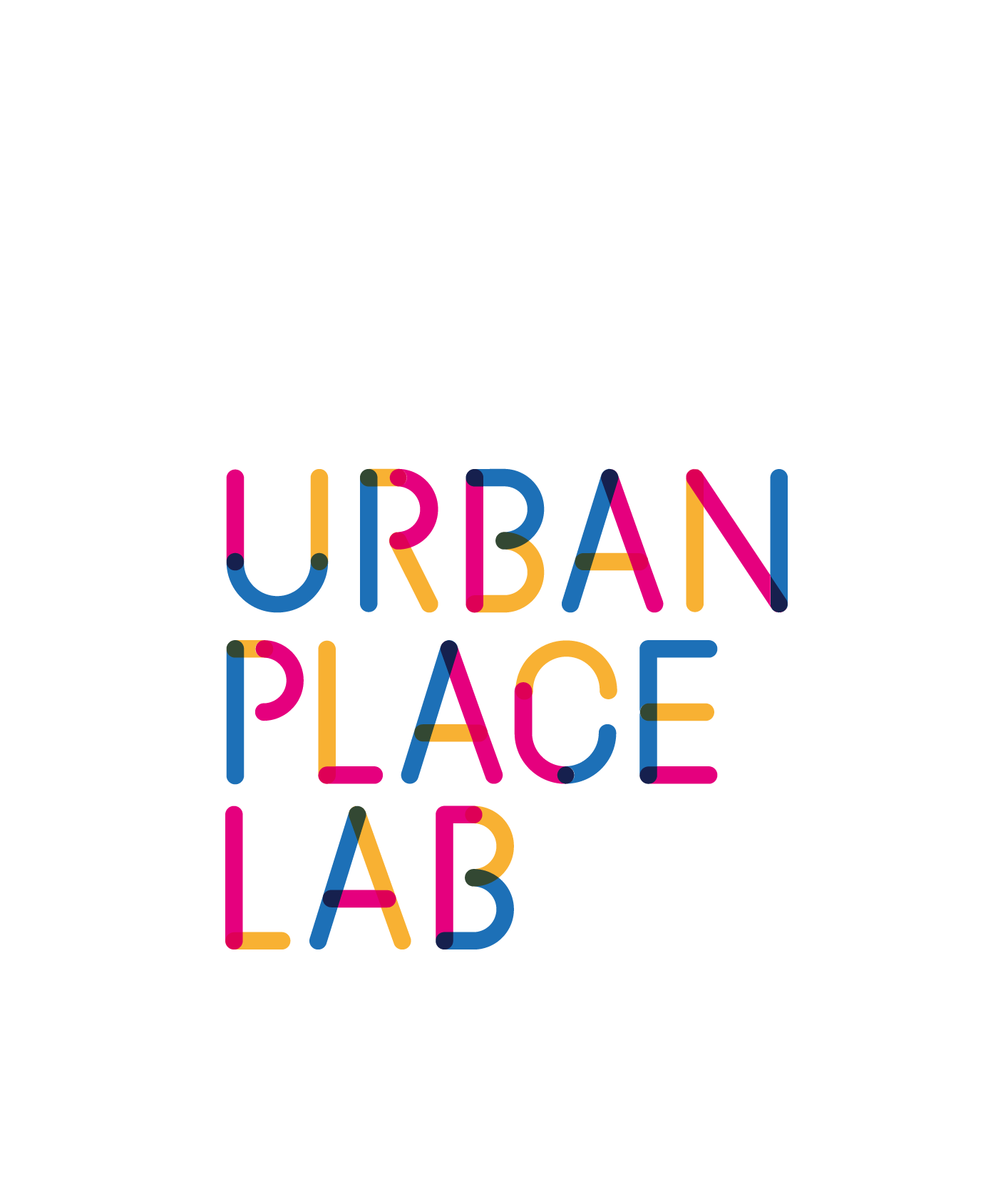Naturally, we love to positively influence what gets built as well, and by rediscovering the art of town building, we help guide clients to the right architects, for the right buildings, in the right places. With our design panel experience, the team is able to contribute either directly, or through comment, to design detailing, and work with clients in a mentoring capacity to explore elements (such as proportions and materials) that impact on the success of a building in its context. We avoid the philosophy of the single design authority and the cliché of traditional architectural autocracy, believing instead in promoting and facilitating design evolution and purposeful dialogue.
Minster Quarter Urban Design Framework, Reading
Reading, as well as being the largest town in the UK not to be a city, has something of a reputation of an unloved place. True, it’s a magnet for high-tech employment and the number one location for transport investment outside of London or Birmingham, but it lacks the trendiness (and the weather) of Palo Alto, or the richness of the townscape of Barcelona.
So, when we were approached by the Borough Council to masterplan the former civic area site, we asked the question – What could this do for the town? The answer lay not within the redline of the site, but outside it. Arguably Reading’s greatest (and certainly, oldest) building, is the Minster of St Mary, dating back to 979. Instead of pride of place in a beautiful town square, this building sits behind bus stops, taxi laybys and shopping centres, surrounded by what could be the best medieval frontages in the town.
Looking to open the churchyard up as a grand public space, we convinced the client to extend the project area to include the Minster and the surrounding frontages, and increased density on the main civic centre site to unlock sufficient value to fund a programme of future environmental enhancements, with the aim of putting the heart back into the town and creating a new focal point around one of the finest buildings in the Southeast.
